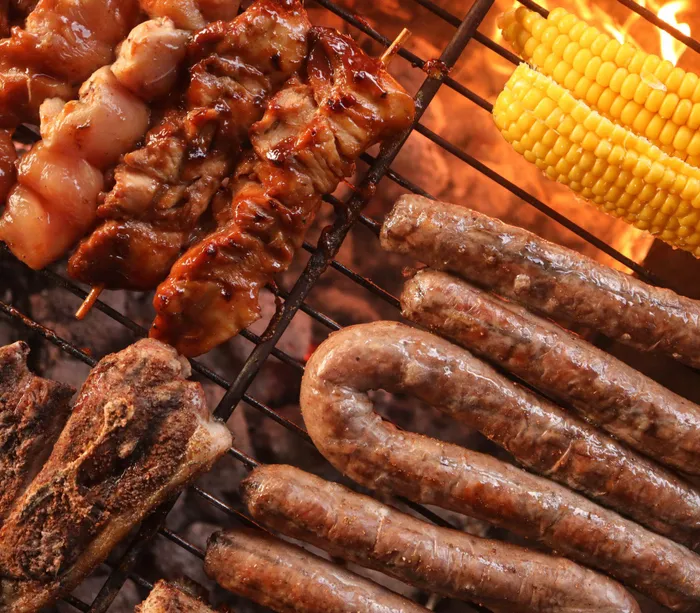The braai’s burning your budget: Meat prices nearly double in a decade

Meat prices are up substantially over a 10-year period.
Image: File
That Sunday braai is costing a lot more than it did a few years ago. Meat prices have risen well above inflation, leaving consumers paying sharply more for their favourite cuts.
Ten years ago, a kilogram of fresh whole chicken cost about R34.55. Today, that same chicken sells for around R68.68/kg – almost double the price.
And that's without the tariffs the poultry industry wants placed on imported products which will doubtless, just like in the US, get passed onto consumers.
Pork chops have seen a similar surge, rising from about R57.45/kg in 2015 to R117.53/kg now, an increase of more than 100%. Lamb, once around R96.88/kg, now costs about R179.47/kg, up nearly 85%.
By comparison, South Africa’s average annual inflation rate over the last decade has been around 5%, peaking at 7.8% during the post-pandemic surge in 2022 and dropping to a low of 3.3% in 2020.
Meat has clearly outpaced that, with food price pressures continuing to squeeze household budgets.
Statistics South Africa’s August consumer price index showed that meat prices were 11.3% higher year-on-year, while seafood rose only 2.8%.
Milk, other dairy products and eggs actually declined 1.1% over the same period.
Indicative retail data shows that, in just the last two years, lamb prices have climbed about 28%, pork 38%, and chicken 37%.
According to the Red Meat Industry Services’ latest report, red-meat consumption has been hit by rising costs, with households shifting to cheaper proteins.
Between 2015 and 2024, the average intake of sheep meat per person fell 6% per year, beef declined 1.5%, and poultry 1%.
The association said that persistent animal disease outbreaks, such as foot-and-mouth disease, and a volatile global trade environment have further constrained supply and added pressure to prices.
Weak domestic demand is also driving producers to seek export markets to remain viable.
While the sector expects modest recovery ahead – with beef consumption projected to grow 2% a year and sheep meat 0.5% by 2030 – the average South African shopper will likely continue to feel the heat at the till.
IOL